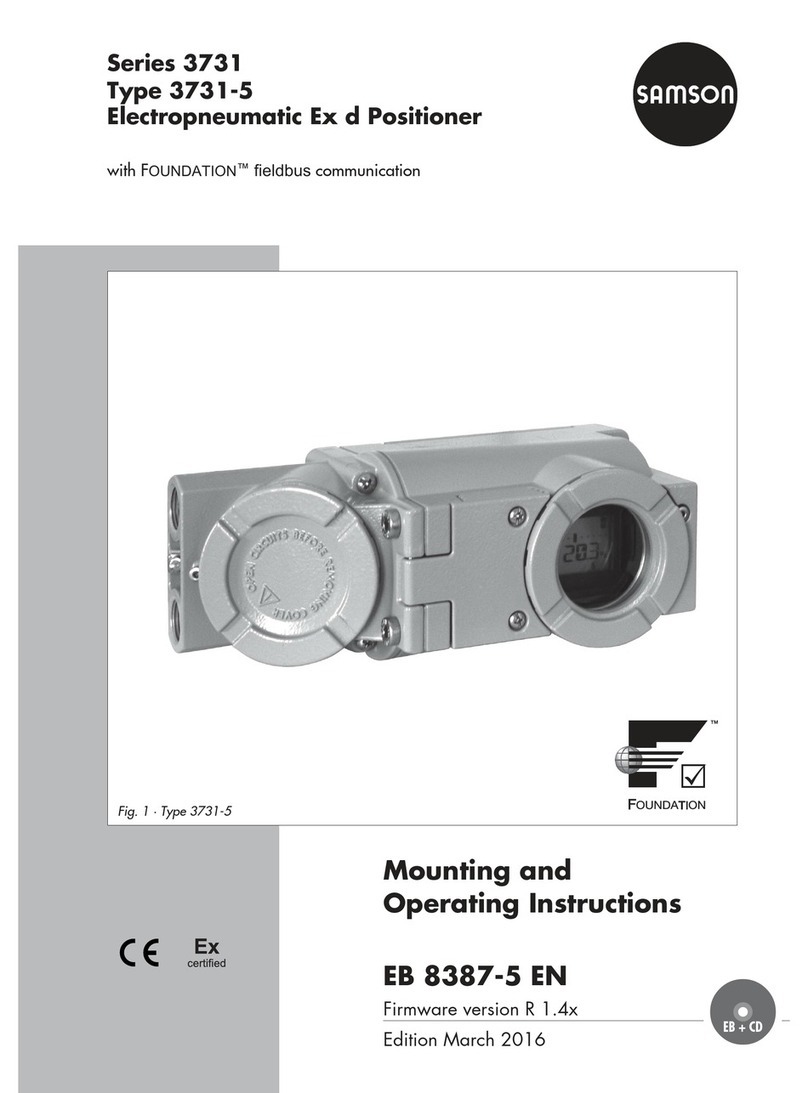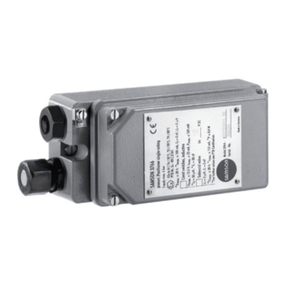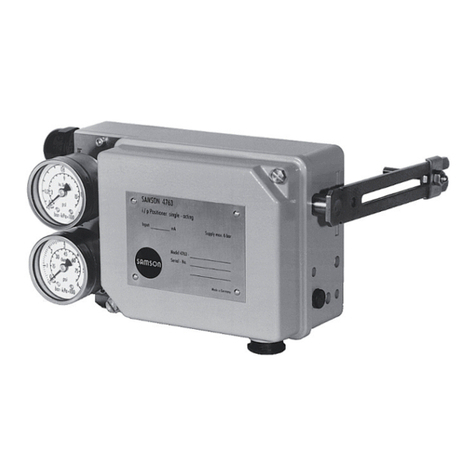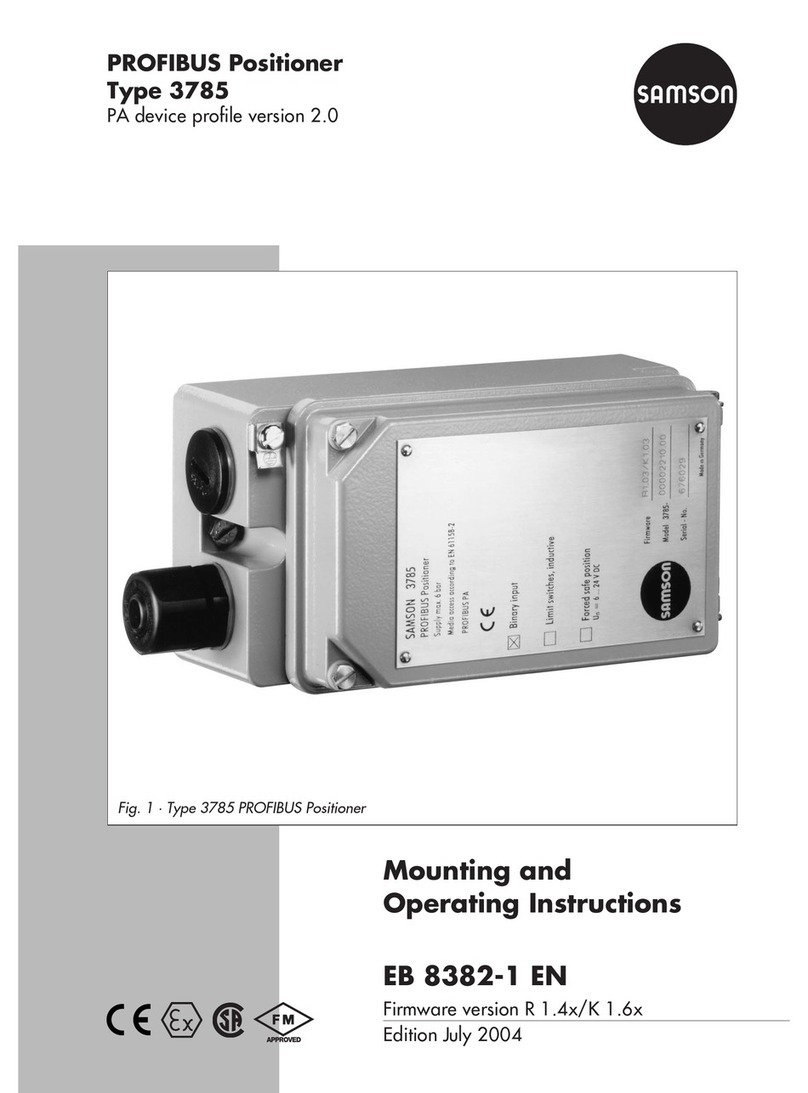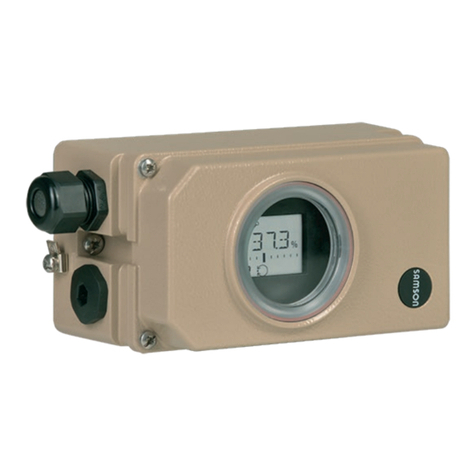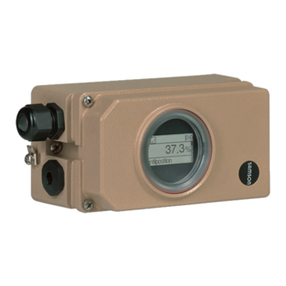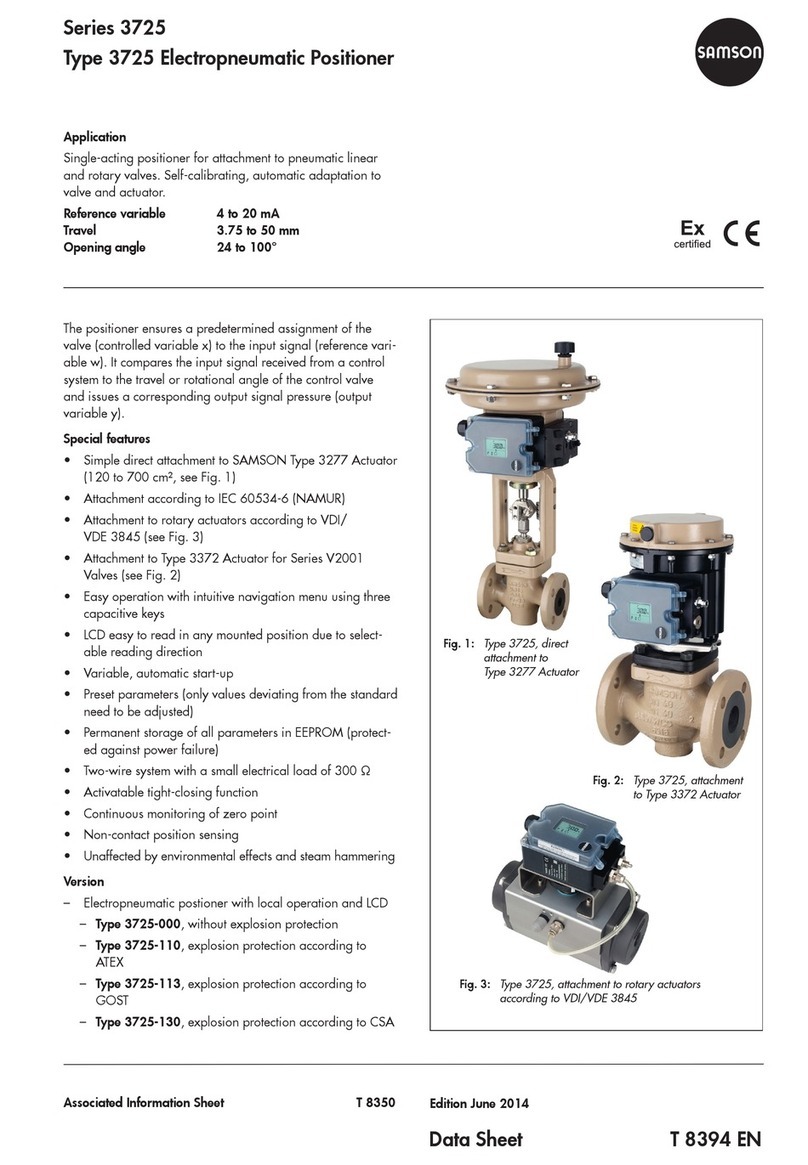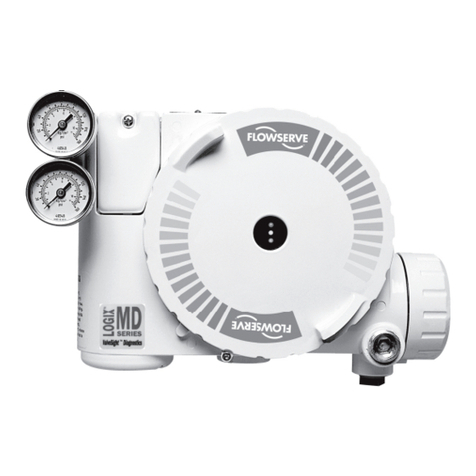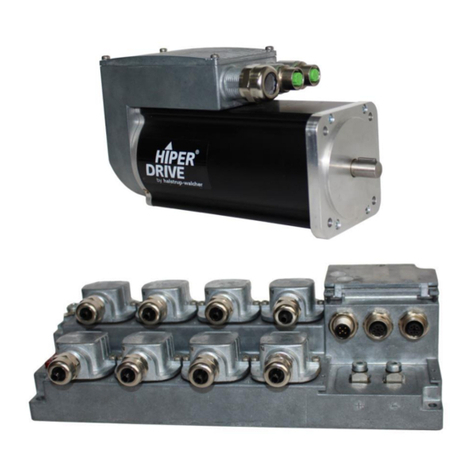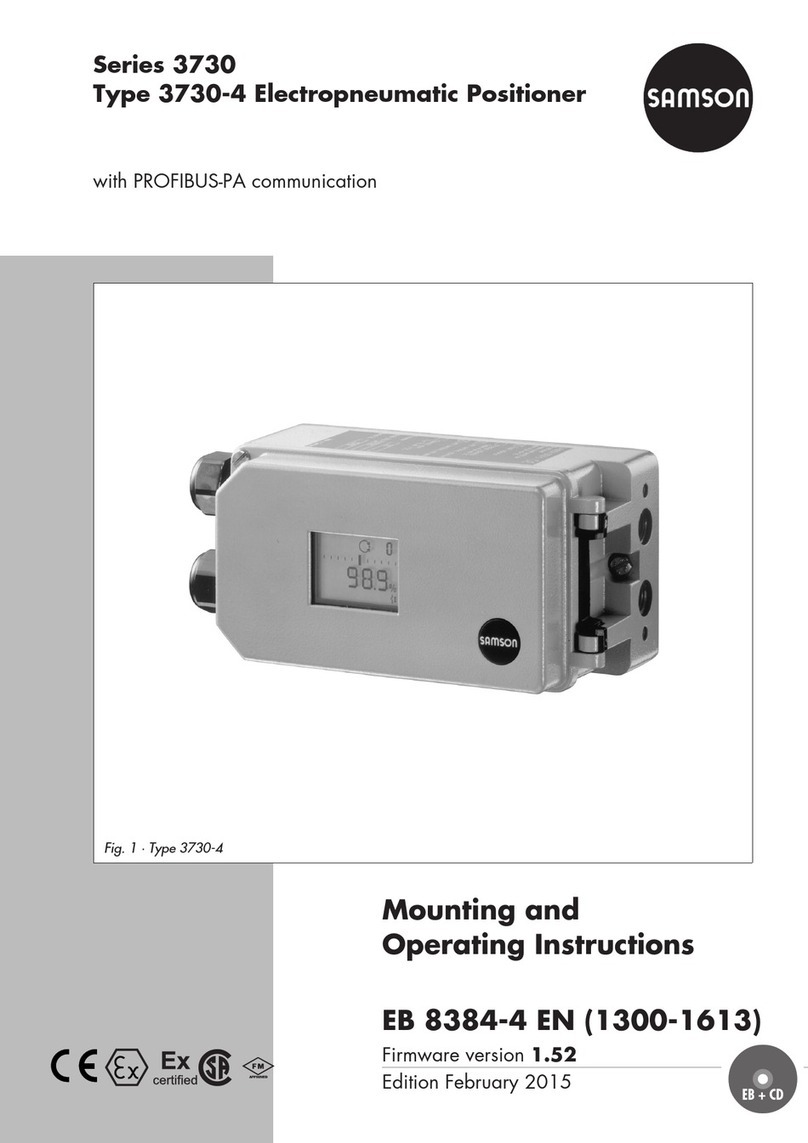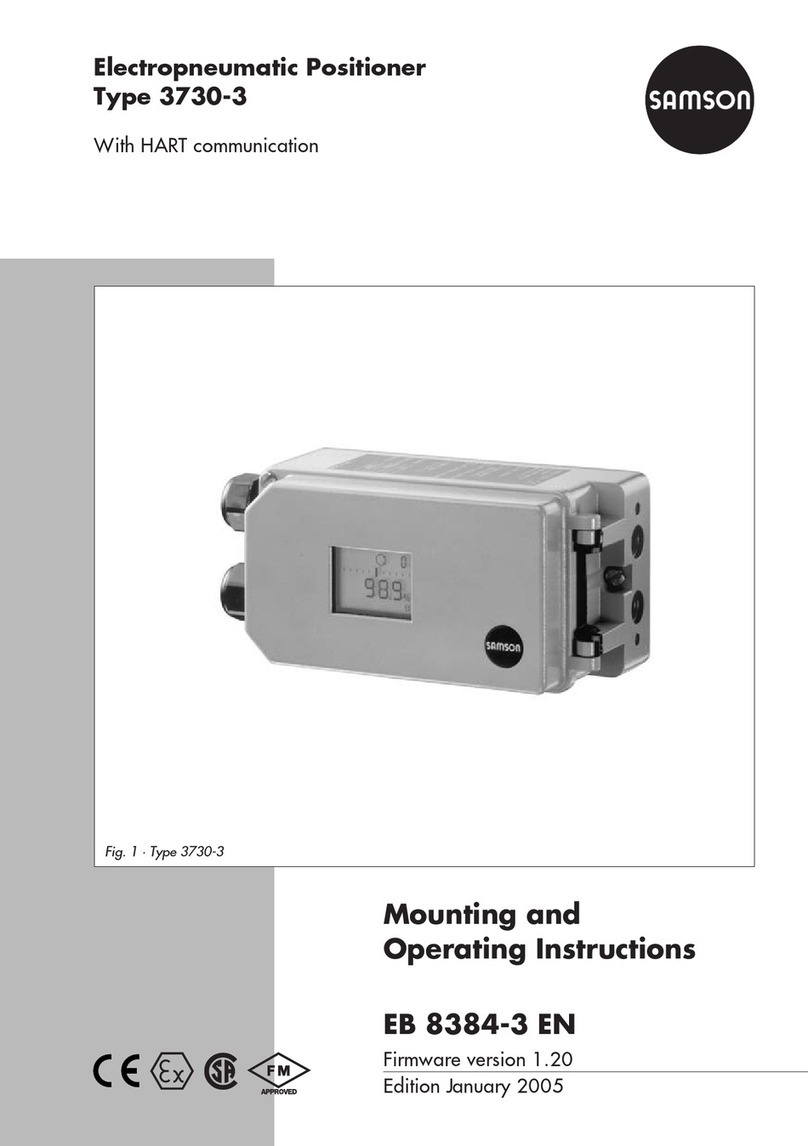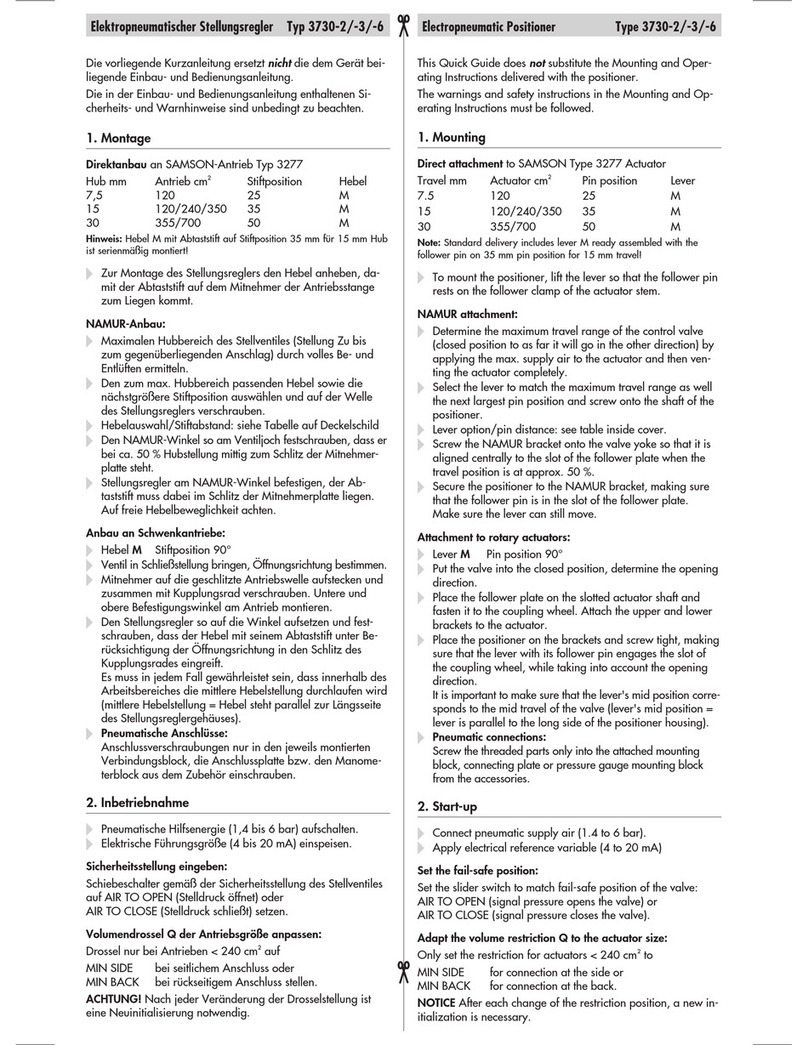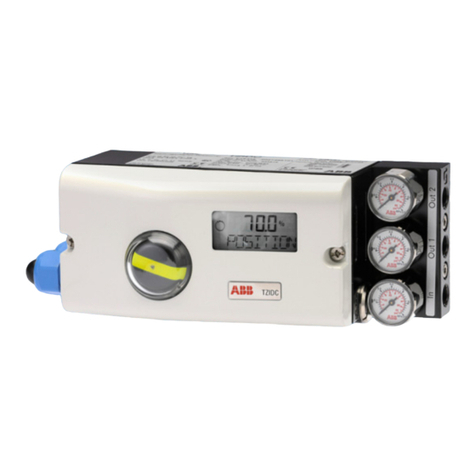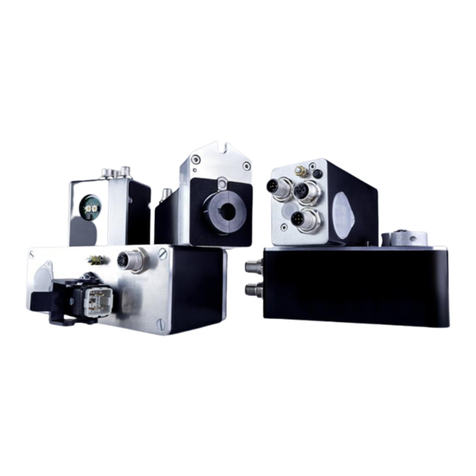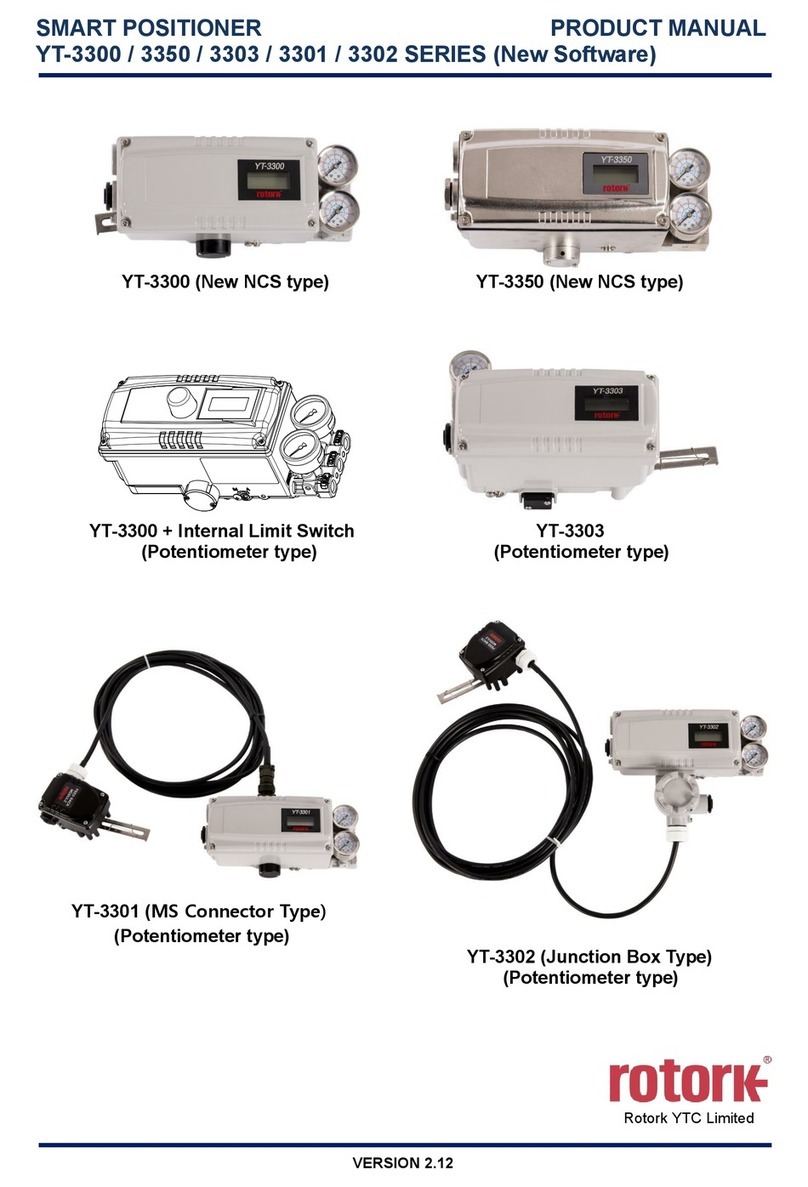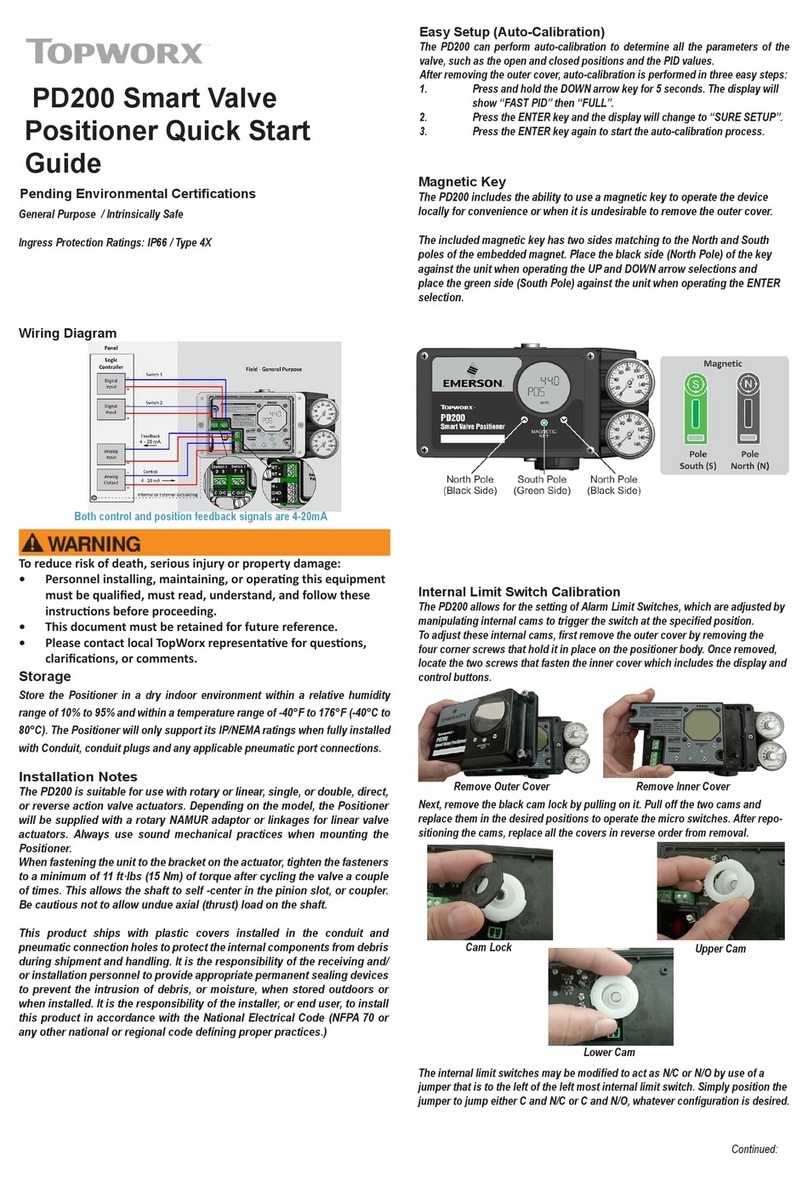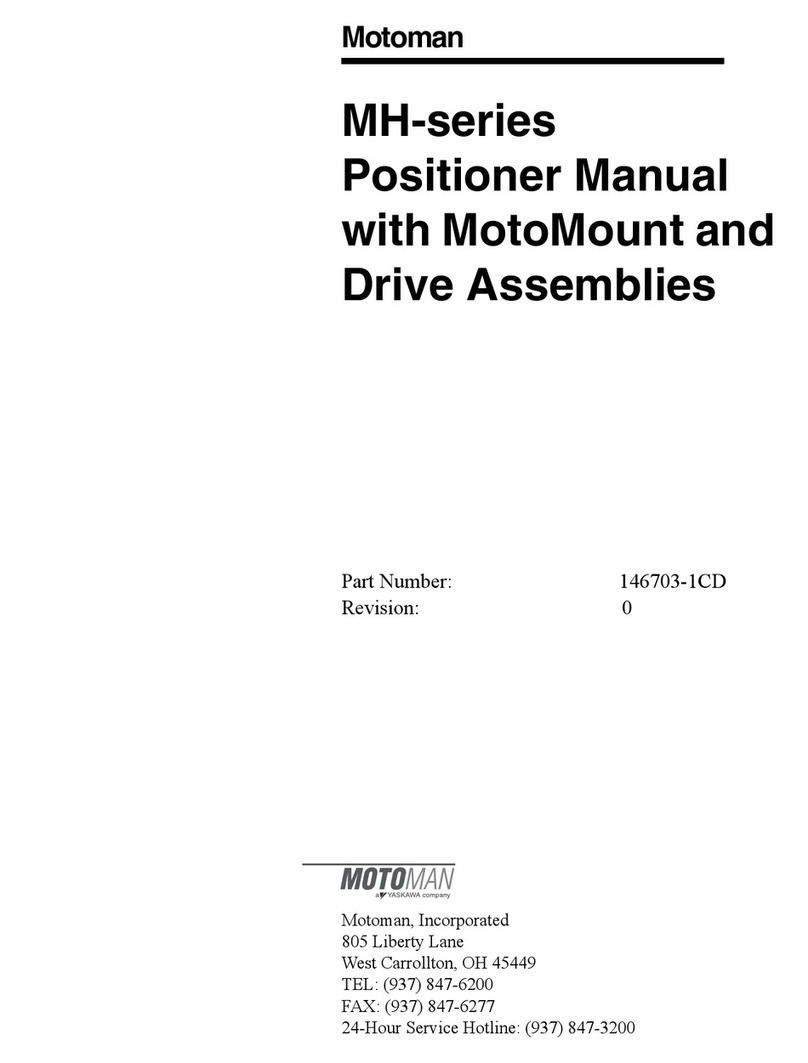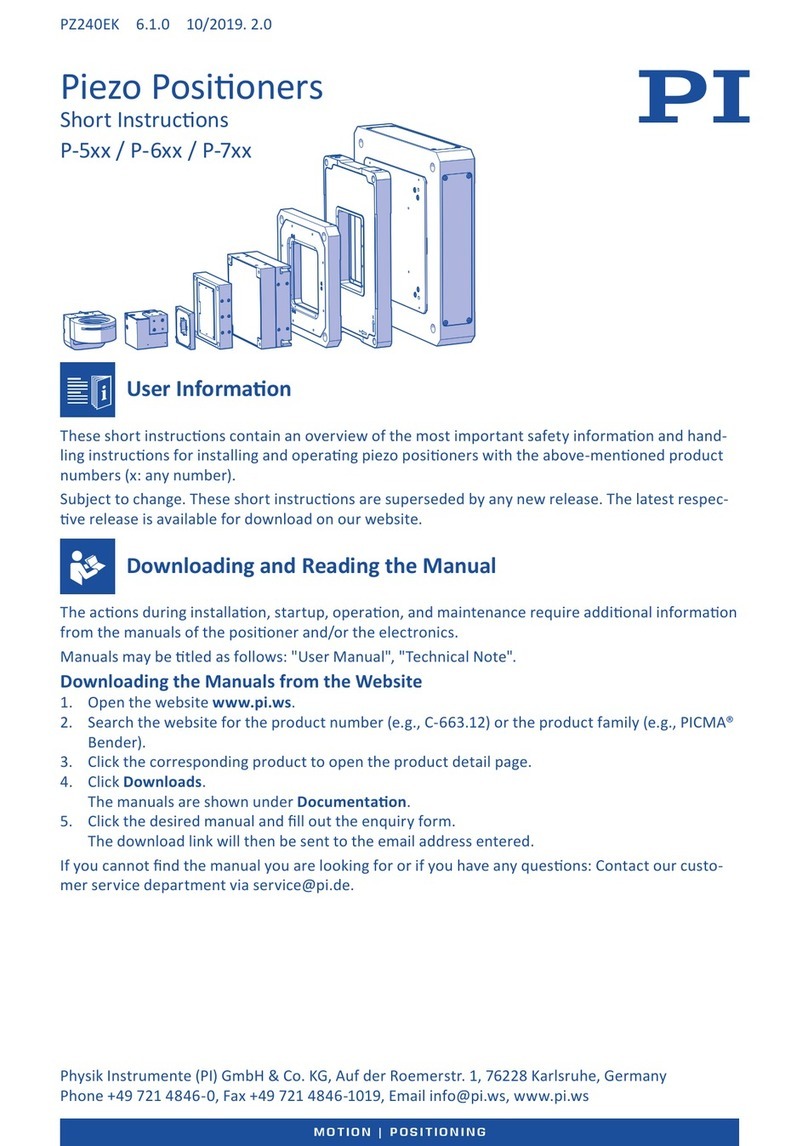
6 EB 8355-1 EN
Design and principle of operation
2 Design and principle of oper-
ation
The pneumatic positioner is used to assign
the valve position (controlled variable) to the
input signal (reference variable). The posi-
tioners compare the control signal of a con-
trol system to the travel of the control valve
and issues a signal pressure (output variable)
for the pneumatic actuator.
The positioner consists of a lever for travel
pick-up, a measuring diaphragm and the
pneumatic control system with nozzle, dia-
phragmlever(apperplate)andbooster.
The positioner is designed either for direct
attachmenttoSAMSONType3277Actua-
tors or for attachment according to NAMUR
(IEC60534-6-1)withanadapterhousing.
The positioner can be additionally equipped
with either inductive limit contacts and/or a
solenoid valve or position transmitter.
The positioner operates according to the
force-balance principle. The valve travel, i.e.
the valve position, is transmitted to the pick-
up lever (1) over the pin (1.1) and deter-
mines the force of the range spring (4). This
force is compared to the positioning force
generated by the pressure peat the measur-
ingdiaphragm(5).
If either the control signal or the valve posi-
tion changes, the diaphragm lever (3)
moves, altering the distance to the nozzle
(2.1 or 2.2), depending on the adjusted di-
rection of action of the positioner.
The supply air is supplied to the booster (10)
and the pressure regulator (9). The controlled
supplyairowsthroughtheXprestriction(8)
and the nozzle (2.1, 2.2) and hits the dia-
phragmlever(apperplate).
Any change in the reference variable or the
valve position causes the pressure to change
upstream or downstream of the booster.
The air controlled by the booster (signal
pressure pst)owsthroughthevolumerestric-
tion (11) to the pneumatic actuator, causing
the plug stem to move to a position corre-
sponding to the reference variable.
TheadjustableXprestriction(8)andvolume
restriction (11) are used to optimize the posi-
tioner control loop.
The pick-up lever (1) and the range spring
(4) must be selected to match the rated valve
travel and the nominal span of the reference
variable.
Positioner with inductive limit contacts
In this version, the rotary shaft of the posi-
tioner carries two adjustable tags which ac-
tuate the built-in proximity switches.
Positioner with solenoid valve
When the positioner is equipped with a sole-
noid valve, the valve can be moved to the
fail-safe position, regardless of the position-
er's output signal. If a control signal corre-
sponding to the binary signal '0' (OFF) is ap-
plied to the input, the signal pressure pst is
shut off and the actuator is vented. The actu-
ator springs move the valve to its fail-safe po-
sition.
When a control signal corresponding to the
binary signal '1' (ON) is applied to the in-
put, the signal pressure pst is applied to the
actuator, allowing the valve to move accord-
ing to the input signal issued by the control
equipment.
